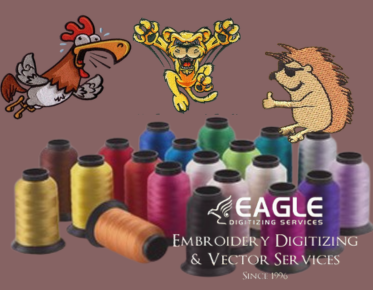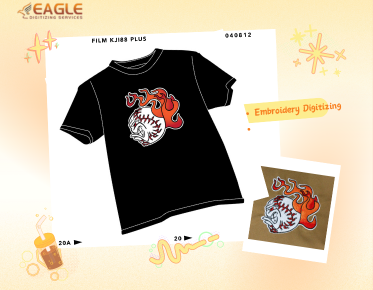Understanding Screen Printing Materials
To discuss the materials needed for screen printing, let's outline the essential items and equipment used in this printing method. Screen printing, also known as silk screening, is a popular technique for transferring images onto various surfaces such as fabric, paper, and plastic. This process requires specific materials, each playing a crucial role in bringing designs to life.
1. Screen Printing Frames
Screen printing frames come in various sizes, and they serve as the framework to hold the screen mesh. These frames are typically made of wood or aluminum, with aluminum offering durability and wood being more affordable.
2. Screen Mesh
The mesh is stretched over the frame, and its quality significantly impacts the print's resolution. Mesh count refers to the number of threads per square inch, which determines the level of detail that can be achieved. For finer details, a higher mesh count is ideal, while coarser designs require a lower mesh count.
3. Emulsion and Sensitizers
Emulsion is a light-sensitive liquid that coats the screen to create a stencil. When exposed to light, it hardens, forming a negative image of the design. Sensitizers are mixed with the emulsion to increase its sensitivity to light, ensuring more detailed and accurate prints.
4. Exposure Unit
The exposure unit is a critical piece of equipment that uses ultraviolet light to expose the stencil. The UV light hardens the emulsion in the non-image areas, leaving the design for ink to pass through.
5. Squeegee
A squeegee is used to push ink through the mesh onto the substrate. It is available in different durometers, with a lower durometer being softer and more flexible, suitable for delicate designs. A higher durometer is firmer, ideal for graphic prints.
6. Printing Inks
Screen printing uses a variety of inks, including plastisol, water-based, discharge, and specialty inks. Each type offers unique properties and finishes, from vibrant colors to soft, breathable prints.
7. Drying Equipment
After printing, the ink must be cured to ensure durability. A drying device such as a flash dryer or conveyor dryer, cures the ink, enhancing the design's longevity, especially on garments.
8. Additional Tools and Accessories
Besides the main ingredients, screen printing requires several tools and accessories. These include spatulas for mixing and applying ink, registration systems to align multi-colored designs, and tape or block-out pens to close unwanted gaps in the stencil.
###Leveraging Advanced Services for Better Results
Professional screen printing shops often use digital tools and services to enhance their production. For example, the transition from traditional image formats to screen print-ready designs can be optimized through vectorization. Companies like Eagle Digitizing offer specialized vector conversion services, which are crucial in preparing high-quality graphics for printing.
Benefits of Vectorization in Screen Printing
Vector graphics ensure sharp, scalable designs that maintain clarity and detail. This form of image conversion is indispensable when the artwork needs resizing without losing quality.
###Exploring Future Trends
The screen printing industry is continually evolving, with technological advancements bringing new methods and materials. Eco-friendly inks and substrates are gaining popularity, and there is a significant shift towards automation, where automated presses can increase efficiency and productivity. Furthermore, integrating digital techniques, such as online vector conversion, is becoming a standard in modern print shops.
Thus, aspiring printers and industry veterans must stay informed about these trends and incorporate them into their practices to stay competitive. Adopting such innovative approaches not only streamlines the process but also enhances the final product's quality.
As screen printing continues to develop, it offers tremendous opportunities for creative expression and customization. By understanding the essential materials and incorporating advanced services and trends, businesses and hobbyists alike can produce extraordinary screen-printed items that stand out in the market.
.png)


